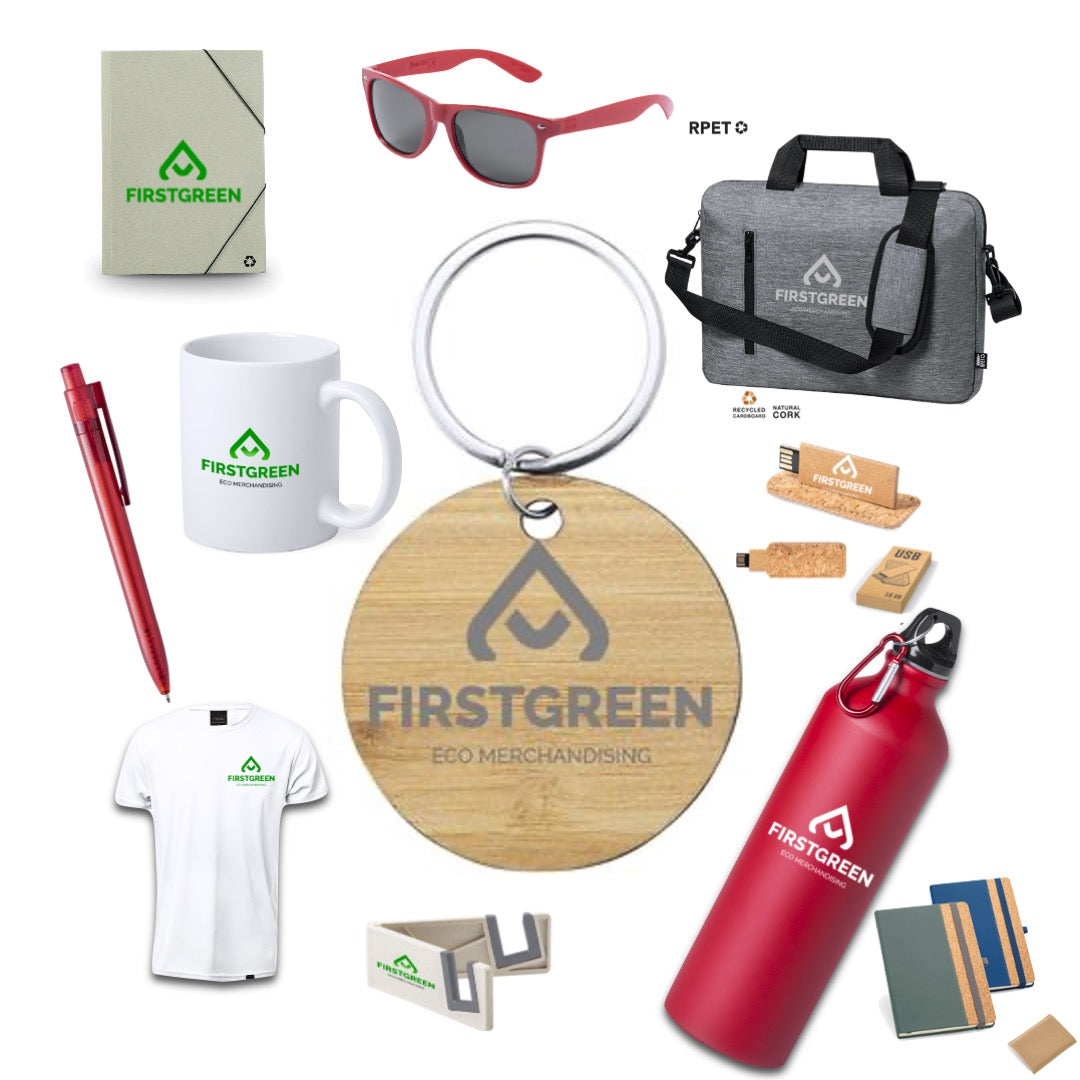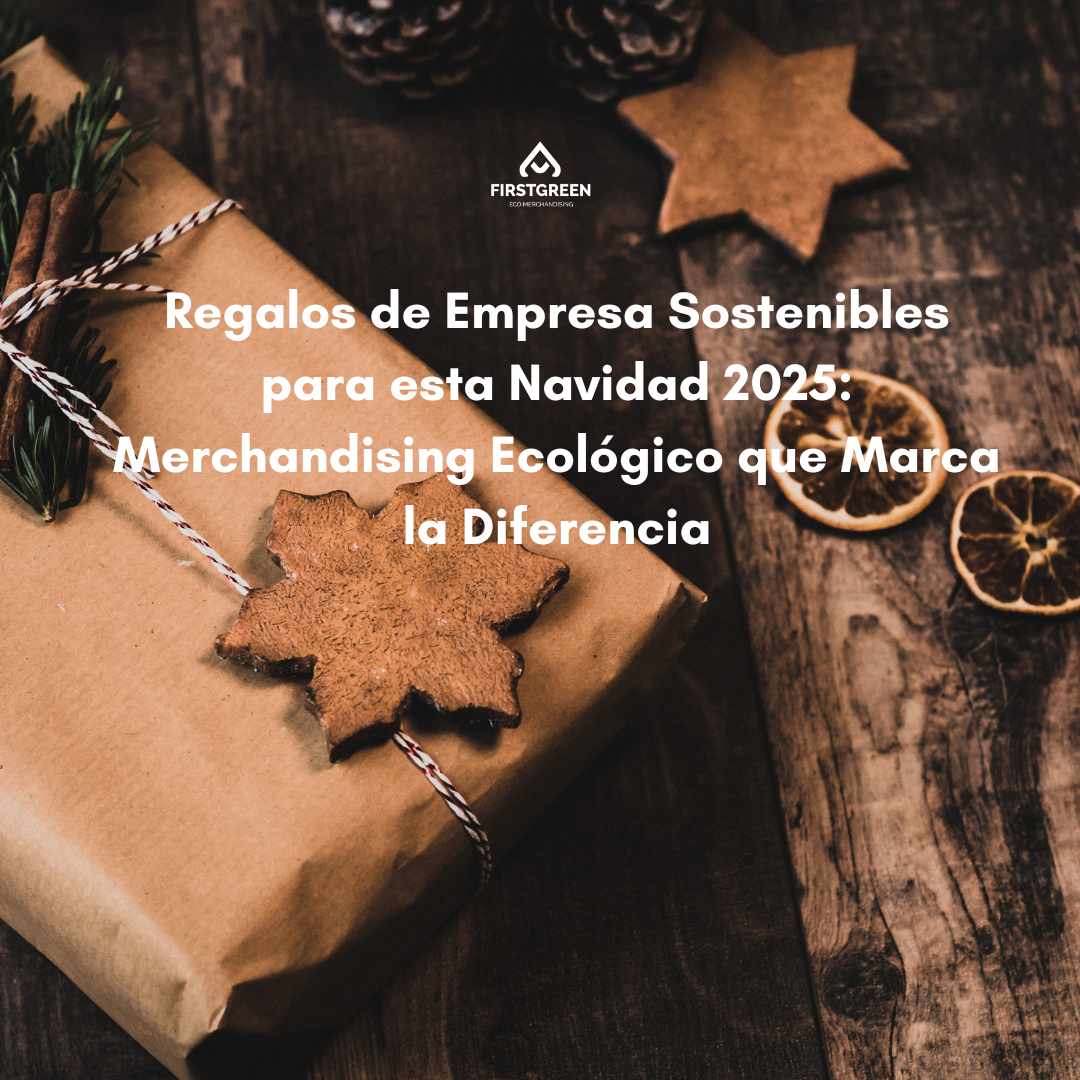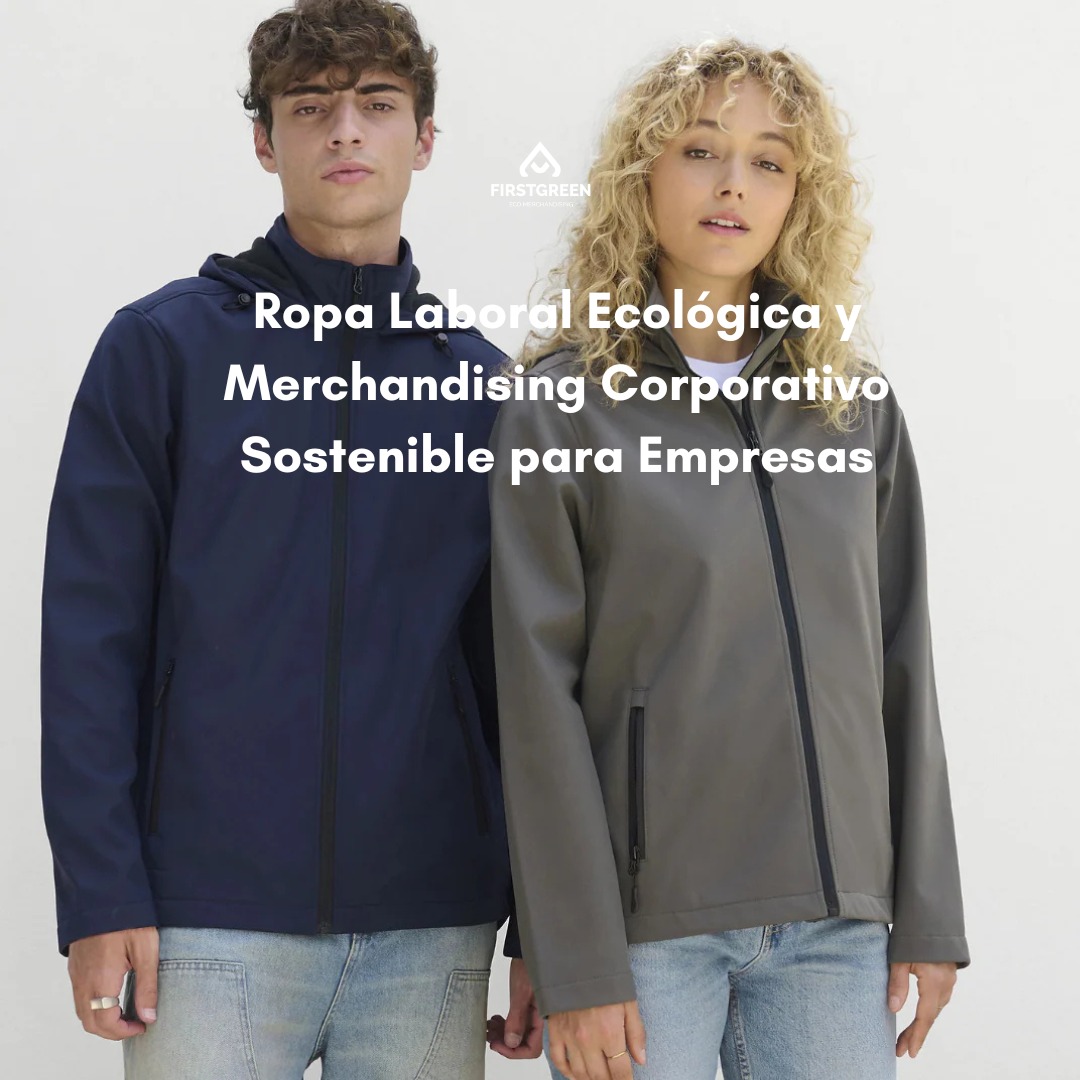What is Merchandising?
Anglo-Saxon concept formed by “ merchandise” – merchandise – and “ing” – ending meaning action. That is, merchandise in action
It is one of many commercial marketing strategies to achieve more sales, improve customer relations and achieve a better image for our establishment and website.
This concept includes marketing techniques aimed at influencing the consumer's purchasing decision, such as: special offers, displays, promotional products, sample products, etc.
Merchandising can occur in three spaces:
- Inside the point of sale: product organization, layout, accessibility, visibility. For example, the head of a shelf in a supermarket with items next to cash registers.

Image by Steve Buissinne on Pixabay
-
Outside the point of sale: This is where we spend most of our time as consumers. This is where merchandising has to be most effective. We have clear examples when we talk about a specific product in a series, when we see the image of a brand on a support, etc.
- In the virtual environment, that is, on social networks and websites. The latter is gaining great popularity in line with current market trends. Example: Websites must be well structured, visually attractive and efficient.
Regardless of where the merchandising is located, there are four types to apply depending on what best fits:
-
Promotional merchandising: This is a strategy that directly impacts the customer through an object. Personalized gifts are used here, the impact is more direct and helps to create a better memory of the brand.
We usually find it at events, fairs and in utensils that we use daily.

The advantages of promotional merchandising are:- They directly impact the client
- They generate brand recall
- They allow you to promote less saleable products
- They make you stand out above the competition
- You can use the gift daily
-
Visual merchandising. This consists of highlighting a product visually over others. For example, the arrangement of some items in a large surface area.
There are several techniques for spatial location, height, hot spot, etc.
Sales of this type of visual merchandising- It is not an intrusive strategy
- Persuade the customer at the time of purchase
-
Digital merchandising: This involves optimizing the product website to the maximum to increase sales. Presenting them in an attractive way so that the user has a satisfactory experience.
The advantages of digital merchandising:- Results can be measured
- It does not entail a high cost
-
Omnichannel merchandising: This combines the three previous types. It involves generating a complete customer experience. This is where large establishments are heading. Providing a physical experience and triggering an online conversion.
Omnichannel merchandising sales- It has a high conversion rate
- It covers all the channels that our client uses.
- Results can be measured
There is increasing awareness of the circular economy, recycling and sustainability. Therefore, for companies, in addition to using these types of techniques to reach customers, there will be added value in using articles and techniques that involve greater sustainability and orientation towards the SDGs and the 2030 agenda.



